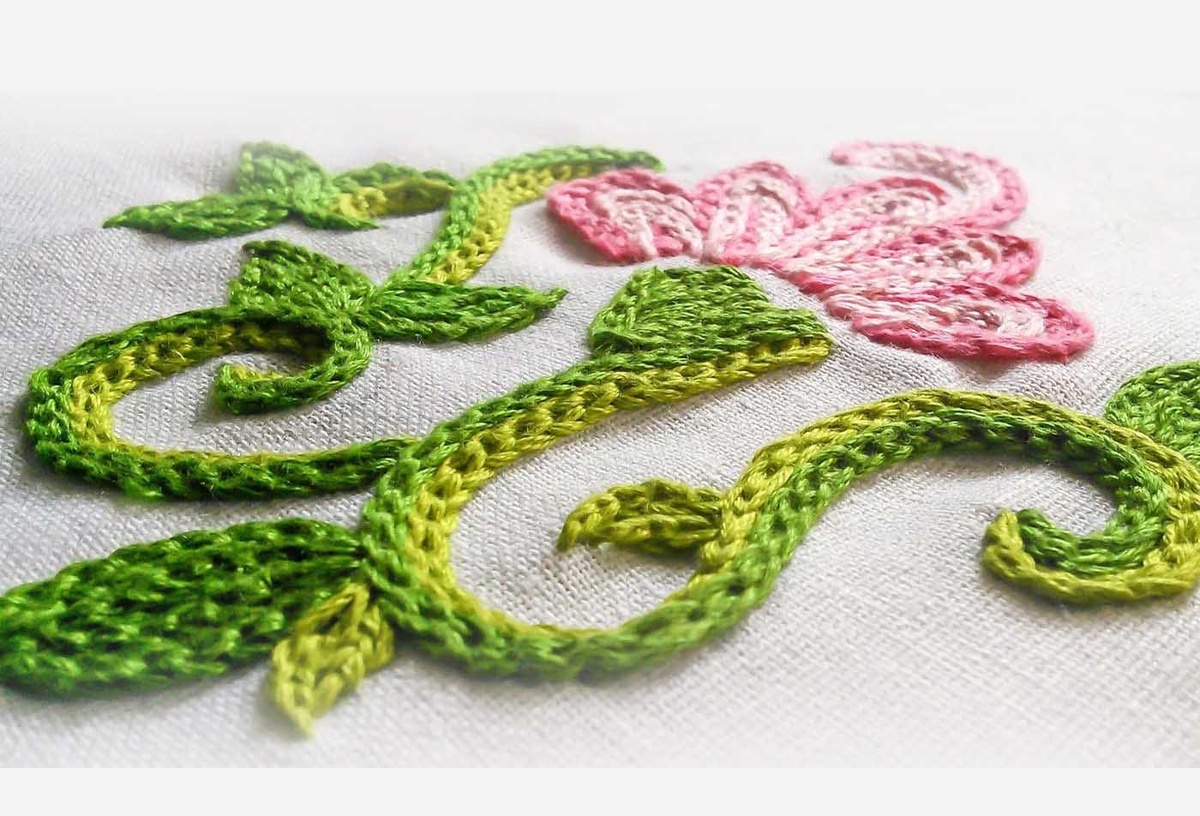The Art of Stitching: Deciphering the Intricacies of Logo Digitizing

In the digital age, where branding plays a pivotal role in business success, logo digitizing has emerged as a crucial aspect of establishing a brand identity. Behind every digitized logo lies a meticulous stitching process, blending artistry with technology to bring designs to life in various mediums. Understanding the stitching process is essential for businesses and designers alike to ensure the integrity and quality of their brand representation. Let's delve into the intricate world of stitching in logo digitizing.
The Foundation: Digitization
Before diving into stitching, it's essential to grasp the digitization process. This initial step involves converting a logo or design into a digital format that embroidery machines can interpret. Designers utilize specialized software to meticulously trace the contours and details of the logo, ensuring accuracy and clarity in the digital rendition.
Mapping Stitch Types
Stitching in embroidery logo digitizing encompasses various stitch types, each serving a specific purpose in replicating the design faithfully. Some common stitch types include:
-
Running Stitch: A basic stitch used for outlining and detailing finer elements of the logo.
-
Satin Stitch: Known for its smooth and glossy appearance, ideal for filling large areas and adding a polished finish to the logo.
-
Fill Stitch: Employed for dense filling of areas within the design, providing texture and depth to the digitized logo.
-
Complex Stitch: Utilized for intricate details and patterns, offering versatility in replicating complex designs accurately.
Mapping the appropriate stitch types to different elements of the logo is crucial for achieving the desired visual outcome and ensuring the design retains its integrity across various mediums.
Precision in Placement and Density
The success of logo digitizing for embroidery hinges on precise stitch placement and density. Designers meticulously determine the spacing and angle of stitches to accurately replicate the logo's shape, contours, and shading. Additionally, adjusting the stitch density ensures optimal coverage while preventing distortion or puckering of the fabric.
Color Matching and Thread Selection
Color plays a vital role in digitizing logo for embroidery, with designers tasked with accurately matching digital colors to physical thread shades. Utilizing color libraries and swatches, designers select thread colors that best replicate the original logo, ensuring consistency and vibrancy in the final embroidered design.
Quality Assurance and Testing
Once the stitching process is complete, quality assurance measures are paramount to ensure the fidelity of the digitized logo. Designers conduct test runs on sample fabrics to assess the stitch quality, tension, and color accuracy, making any necessary adjustments to refine the final product.
Conclusion
The stitching process in logo digitizing epitomizes the harmonious convergence of artistry and technology. From meticulous stitch mapping to precise placement and color matching, every step is orchestrated to faithfully reproduce the essence of a brand's identity. By understanding the intricacies of stitching in logo digitizing, businesses and designers can elevate their branding efforts, leaving a lasting impression in the digital and physical realms alike.
In case you have found a mistake in the text, please send a message to the author by selecting the mistake and pressing Ctrl-Enter.
EMdigitizer
2
"EMdigitizer offers professional embroidery digitizing services, transforming logos and designs into high-quality digital files for flawless embroidery. With pr...
You must be logged in to comment.
Sign In /
Sign Up


No comments yet